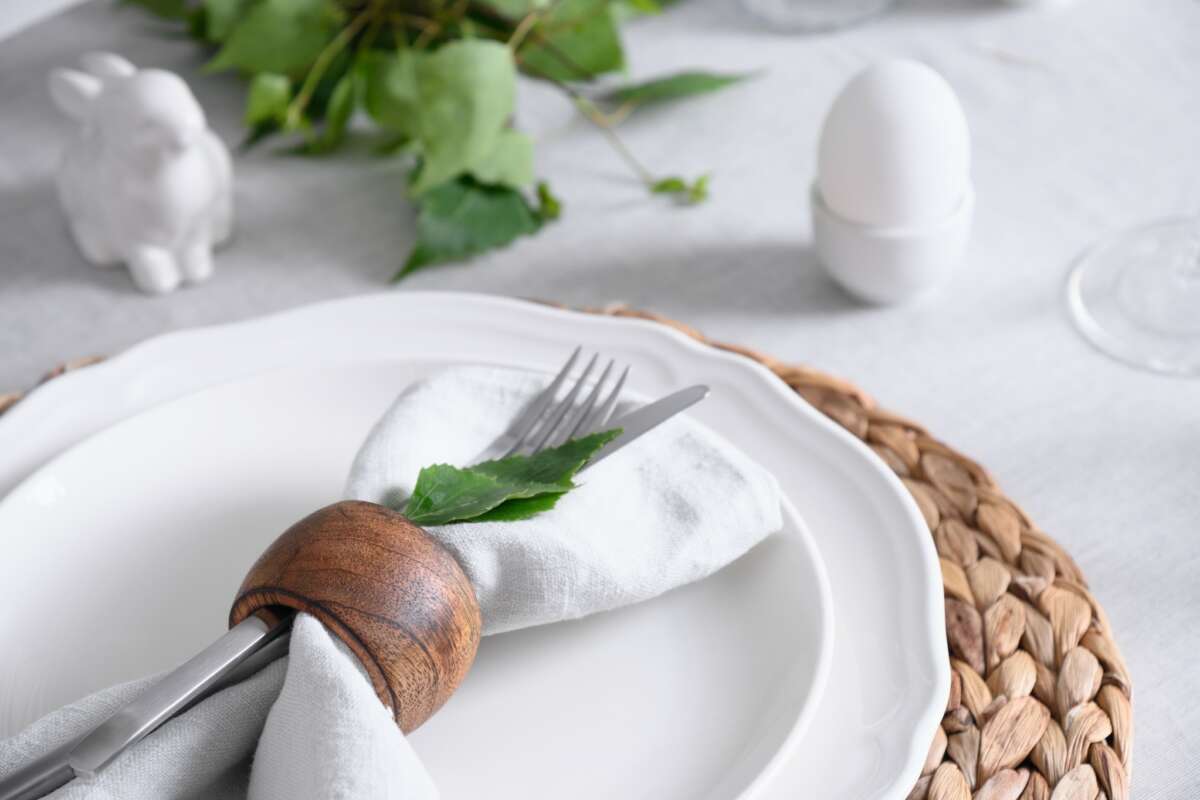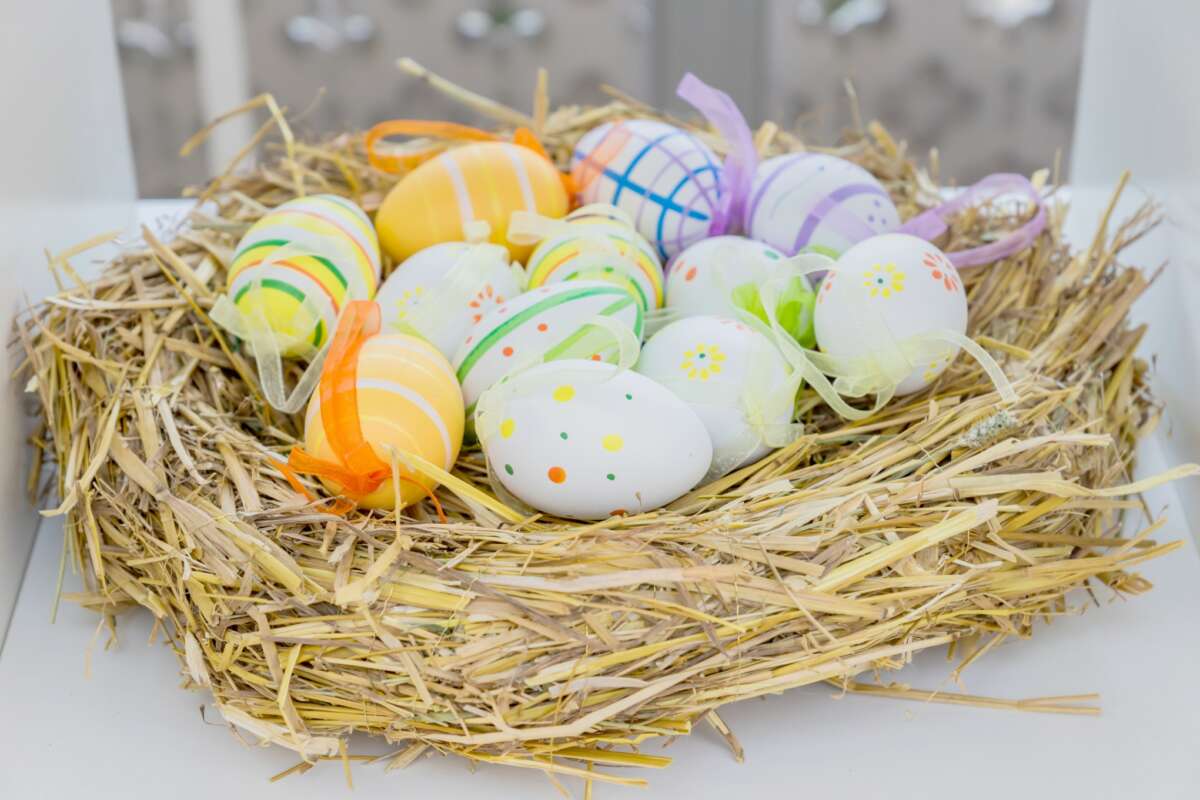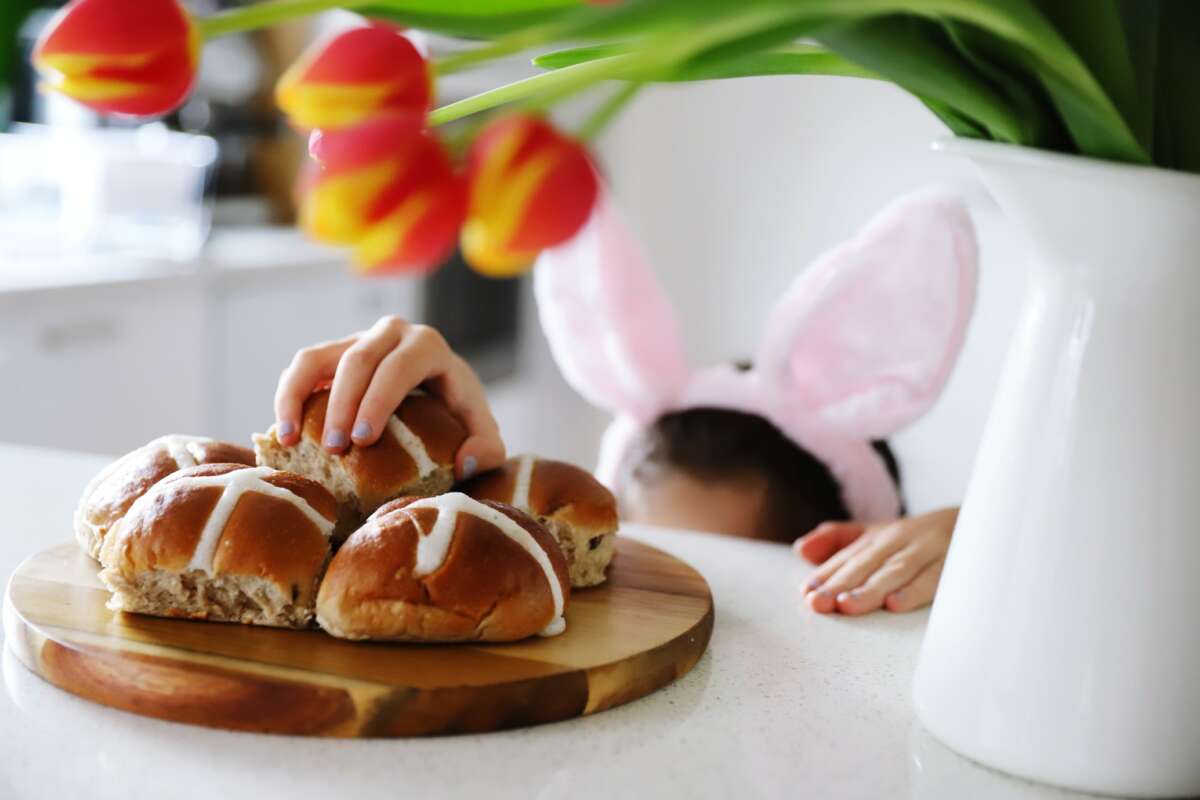Having already earned three Michelin stars, and four stars from the New York Times, Eleven Madison Park (EMP) was declared the best restaurant in the world in spring 2017 by the international restaurant industry experts who vote for the “World’s 50 Best Restaurants.” EMP’s response? The restaurant promptly closed.
Well, not immediately. But shortly after. And not permanently. Just for the third quarter of 2017.
Co-owners Will Guidara and Daniel Humm – who is also the Chef – were executing a plan long in the works: a move to the Hamptons for the summer so that after 20 years, the iconic Manhattan restaurant’s dining room and kitchen could be renovated and reopened in the fall, with the staff remaining intact.
The Hamptons pop-up, called EMP Summer House, was a big hit (guests were chauffeured to and from the restaurant in luxury cars with the restaurant’s logo). EMP’s regulars seemed thrilled to have an outpost of one of their favorites so close to their summer homes. We’re told that the entire staff made the move to the shore for the summer, and it seems to have had a profound impact on the cohesiveness of the team — they were a finely-tuned ensemble before, but the ability to spend more time together outside of the restaurant seems to have taken their collaboration to an even higher level. Everyone we spoke with glowed when they described their experiences on the East End.
The grand unveiling of the newly-renovated restaurant was eagerly anticipated by foodies and design aficionados; architect Brad Cloepfil of Allied Works was tasked with not just the structural changes, but also details like new plates and cutlery. The new look was successfully kept under wraps until the big day — like all good luxury experiences, the anticipation was part of the fun.
We were lucky enough to snag a reservation during re-opening week (actually, only two days after re-opening night). On a balmy October evening, our Dandelion Chandelier Upper East Side Bureau Chief joined me for an 8-course dinner at the new Eleven Madison Park. Here’s our report. Spoiler alert: if you want to experience the new space with no preconceptions, as we did, read this post after you visit and see if you agree with our take.
We wrote about our experience over lunch at the restaurant this spring. Here, we’ll highlight what’s changed and what’s the same. The headline? It’s our beloved EMP, only better.
We received an email from the maitre-d’ a week before our visit asking if we were celebrating anything special, or had any special requests. The Bureau Chief is a pescatarian. I was up for anything except innards and organs. Those restrictions were duly noted, and then the countdown began.
The first thing we noted upon arrival at the new EMP was that the welcome from the staff is as personal and warm as always. It felt almost like the first day back at school: a genuine welcome, an undercurrent of excitement in the air, and lots of chatter about what’s changed since you were last together.
What immediately struck our eye? The bones of the dining room are unchanged — the soaring windows facing the park, the Art Deco chandeliers, and the two-level dining room are all intact. Towering bouquets of white gladioli still grace the room. There’s now a center aisle proceeding through the lower dining level. It functions like a fashion runway, and we imagine that this will become a notable place at which to see and be seen. We read that one of the newly-commissioned art works for the space is a sculpture that doubles as the step leading into the dining room. American artist Daniel Turner fashioned it by melting down the kitchen’s old stove.
The bar has been completely redesigned, with many more cocktail tables for drinks and a slightly edited tasting menu (with 5 courses instead of 8). The ceiling is decorated with dazzling gold leaf, a dramatic complement to the luminous bottles on the shelves behind the bar.
The most noticeable change, in our view, is the color palette: what was once blush pink and black is now smoky blue and charcoal grey. The Stephen Hannock painting that once presided over the back wall of the dining room was a sepia landscape of Madison Square Park. It’s now an abstract painting of the park in varying shades of blue by Hungarian painter Rita Ackermann. The seating around the perimeter of the room used to be black leather chairs and booths — it is now comprised of a series of banquettes upholstered in cobalt blue. The chairs in the middle of the dining room are now steel gray. The terrazzo floor now has area rugs embedded in some places, each in a grey and blue print that the architect says was inspired by the autumn leaves underfoot on the pavement in Madison Square Park. There are new plates in austere ivory ceramic — they look light as air, but when you hold them you realize that they’re quite weighty. It’s a nice metaphor for the restaurant, actually: seemingly airy, but actually quite grounded.
All of the wooden furnishings are new, and stained a deep chocolate brown. The staff uniforms have been updated, and they’re quite chic: everyone is in a charcoal grey pantsuit and a crisp white shirt. Some gentleman sport different-colored ties – based on their roles – that reflect the new color scheme: some are cobalt blue, others are dark grey. One of the staff members tells us that Todd Snyder, the New York-based designer who created these new uniforms, was ingenious in making the apparel highly functional and easy to work in. We’re told that the new uniforms are smart in every sense of the word: sleek, stylish, waterproof, stain-resistant, stretchy and comfortable.
Initially, the change in color palette made the room feel slightly less romantic to us. The blue, grey and white scheme makes the room feel a bit more austere and serious than before. It’s a powdery shade of blue and the upholstery is velvet, so there is still a softness to the space. On first impression, it seems slightly more business-appropriate, and a bit less date-night romantic. We assume that was deliberate. The building that houses EMP was constructed during the Jazz Age, and the new design reflects that vibe: sophisticated, confident, unfussy and cool. It’s worth noting that in an era when so many new spaces are designed expressly for Instagram photos, there’s nothing fatiguing or taxing visually in this space. It makes the food the star, as it should be.
And we later revised our initial impression about the romance factor. As the sun sets, and the light level dims, the dining room begins to take on a jewel-like glow. Some of the new golden elements in the decor that aren’t readily noticeable by day become a key part of the composition by night. We were particularly struck by how beautiful the new stained glass installation over the main entrance became as the evening went on: the artist Olympia Scarry designed two sets of eleven windows in subtle blue and amber, and they add a wonderful element of golden light that is accented by the flickering candles on each table. It’s lovely, and even starry-eyed romantics are likely to swoon for the new look as the night unfolds.
The kitchen sports the same new color palette for the most part (there are also brilliantly-polished copper pots hanging above the work stations). To our novice’s eye, compared to what we saw in the spring, the new kitchen seems more open and better organized. It’s also more visually stimulating: against the back wall is the dry-aging room, inside which hang a dozen or more of the famous ducks that are the specialty of the house. We were told that there are 35 people working in the kitchen during the dinner service, and an equal number of staff in the dining room. We can’t recall seeing more people on the floor in any restaurant in recent memory. As a result, no detail goes unattended, and each staff member has ample time to explain the food and drink, and chat with diners who want the interaction. Nice touch.
We opted for the wine-tasting option so that we could sample a different wine with each of the 8 courses. This turns out to be a splendid idea, as a couple of the offerings are exclusively bottled for EMP, and others are only available in the US at the restaurant. It’s a great education to learn about what’s being poured, and also fun to experience a curated selection of beverages that ranged from a Burgundy from France to a beer bottled in nearby Gowanus.
The menu has been updated along with the decor, and the happy news is that if you liked it before, you’ll feel exactly the same way now. The little black-and-white cookies that are actually savory bites made with apples and cheddar cheese still start the meal. Ours were paired with an aromatized wine cocktail that was reminiscent of Sancerre. The wooden boxes containing four fanciful appetizers are still there, as are the incredible bread rolls, around which we could happily have made an entire meal. The seasonal offerings are imaginative and delicious: the mushroom “carpaccio,” shingled with barley and garlic and paired with a white wine from the Loire Valley was like autumn on a plate. We also loved the roasted pumpkin wrapped in seaweed (a nod to the team’s summer sojourn near the shore). The butter-poached lobster with potato and chanterelle mushrooms was scrumptious. During our tour of the kitchen we were given a mad-crazy little bite that was a savory version of a mini-ice cream cone made with truffle cream, and topped with a truffle (instead of a cherry).
The show-stopper for us, though, was the smoked-sturgeon “cheesecake,” a savory offering that arrived before us looking like a slice of New York cheesecake. The “graham cracker crust” was made of a crushed everything bagel, and a generous serving of caviar went on top in place of the traditional strawberries; a dollop of hollandaise sauce sealed the deal. For balance, the dish is served with a small tin of pickles. Stunning and witty presentation. And extremely tasty.
I opted for the signature roasted duck, which is justifiably famous: crispy skin dotted with peppercorns over tender and juicy duck breast, with turnips, potatoes, spinach and kale. The Bureau Chief chose sea bass with brown butter and pear. The Chef stopped by as we enjoyed our entrees, and it was fun to see him greeting the regulars and welcoming them back.
We were so full that we waved away the cheese course. We’re sure it would have been wonderful. That turned out to be the right call, because it is incredibly important to save room for dessert. Two words: apple doughnut. Best. Dessert. Ever. It comes to the table piping hot, filled with a ragout of apple and cinnamon, with cinnamon ice cream alongside. The Bureau Chief had requested the “cranberry variations” dessert, and while it was lovely, it could not compete with this doughnut. We ended up splitting it, and I feel sure that I’ll see it again in my dreams.
We finished the evening with apple brandy crafted especially for EMP and a white chocolate-covered pretzel (even though we thought we could not manage another bite, somehow we did).
Another happy thing that hasn’t changed: we were still presented with a jar of the famous EMP granola upon our departure. The fall version of the granola has cranberries and apples. And it is just really, really good.
As we did after our lunch in the spring, we emerged from EMP feeling giddy, satiated, and extremely well cared-for. This is how luxury hospitality is done, and even at the price of $295 per person, its worth every penny. For a special occasion or just a lovely night out, add this to your list of iconic New York pleasures. Before this visit, we hadn’t been convinced that there was anything about the EMP experience that could be improved upon. We were wrong: it turns out that our beloved restaurant is now an even better version of its old self. Nicely done, all.







